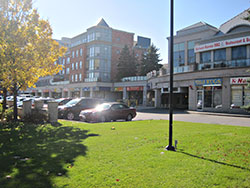Accounting and Auditing Guidelines for Ontario Condominium Corporations

Condominiums are corporations created through legally registered declarations by land developers pursuant to enabling provincial statutes. For this guideline, unless otherwise indicated, statutory references are to the Condominium Act, 1998 – “the Act”. The concept is one of individual ownership of self-contained occupancy units within an indivisible whole property.
Because of its complexity, this arrangement requires careful legislative definition and regulation. The owners of the occupancy units in the property are tenants in common of the remainder of the property, referred to as the “common elements”, in which they have an undivided interest. The registered declaration of each condominium contains a legal description of the units which defines the boundaries between the unit owner’s property and the common elements. Administration is the collective responsibility of the owners, who are all the members of the condominium corporation.
A condominium is a self-governing community which requires rules and regulations for internal purposes. It has many of the attributes of a city-state; its declaration is the constitution, its bylaws and rules are the statutes, and its budget and assessments are the tax system. Often there are shared facilities, recreational amenities, convenience stores, clubs, meeting halls and, for policing, security guards. There can be private roadways with privately maintained fire hydrants and fire hose systems. Humanity being less than perfect, there is occasional vandalism, encroachment on the rights of neighbours and other problems which need resolution. All these facets require coordination and supervision and the corporation’s board of directors performs these governance functions.







Leave a Reply